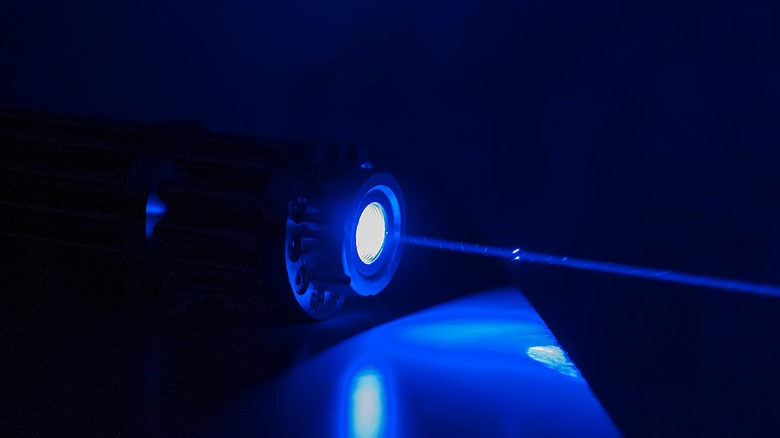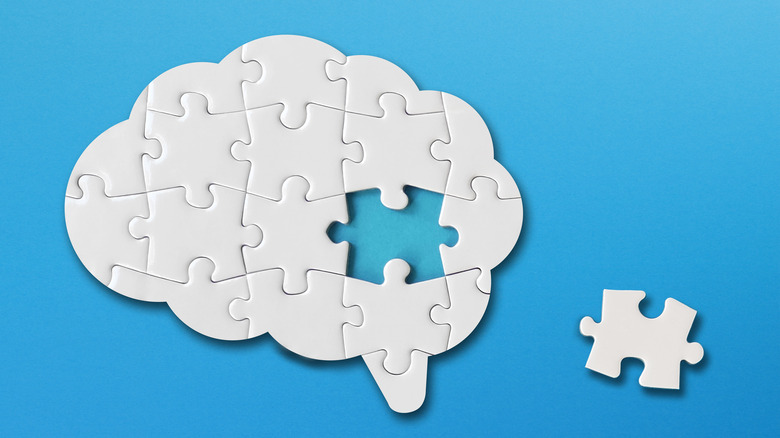Research Finds Lasers Could Help Boost Short-Term Memory
Laser, short for Light Amplification by Stimulated Emission of Radiation, finds a lot of usage in the medical industry (via FDA). From cosmetic and dental procedures to eye operations and surgical processes, lasers have proved to be a versatile medical innovation. Among other things, lasers minimize the risks of excessive blood loss and chances of infection, plus they cause less discomfort compared to surgical operations. Now, experts are trying to use lasers in a therapeutic manner for improving short-term memory, or working memory, in human beings, according to a press release published on EurekAlert.
At the heart of the latest findings is a method called transcranial photobiomodulation (tPBM), which involves exposing the right prefrontal cortex region of the brain to a non-invasive laser treatment. As part of the research, 90 male and female volunteers between the age of 18 and 25 years were exposed to laser light with a wavelength of 1,064 nanometers. Participants were then asked to remember the color and orientation of items appearing on a screen.
The team found that subjects who received the laser treatment at a target wavelength for 12 minutes were better at remembering events with up to 25% improvement in short-term memory compared to another set of participants who got an inactive laser treatment to rule out the chances of a placebo effect. Just to be clear here, this is unlike Elon Musk-backed Neuralink, which involves a brain implant, that he claims can eventually be used to restore eyesight and fix spinal damage.
We know the benefits, but not the reason
During the research phase, electroencephalogram (EEG) data was also collected, and it established that the laser treatment generated a spike in brain activity. Notably, this is the first research to find a direct link between tPBM and a human subject's working memory. The team behind the research is proposing that this novel method could help people living with attention-related conditions like attention deficit hyperactivity disorder (ADHD).
Interestingly, the research team — which includes experts from the University of Birmingham in the U.K. and Beijing Normal University in China — is yet to figure out why exactly the tPBM treatment is improving the short-term memory of test subjects. As well, it is unclear whether these benefits are only short-lived. The findings, which only cover visual memory retention in humans and no other sensory memories, have been published in the journal Science.
Professor Ole Jensen from the Centre for Human Brain Health at the University of Birmingham notes that this light exposure might be stimulating the nerve cells in the target brain area, which enhances their efficiency as a result. Previous research has already established that tPBM therapy can improve working memory (WM) in mice, while behavior analysis suggests this method also yields positive results for sustained attention and executive functions.

